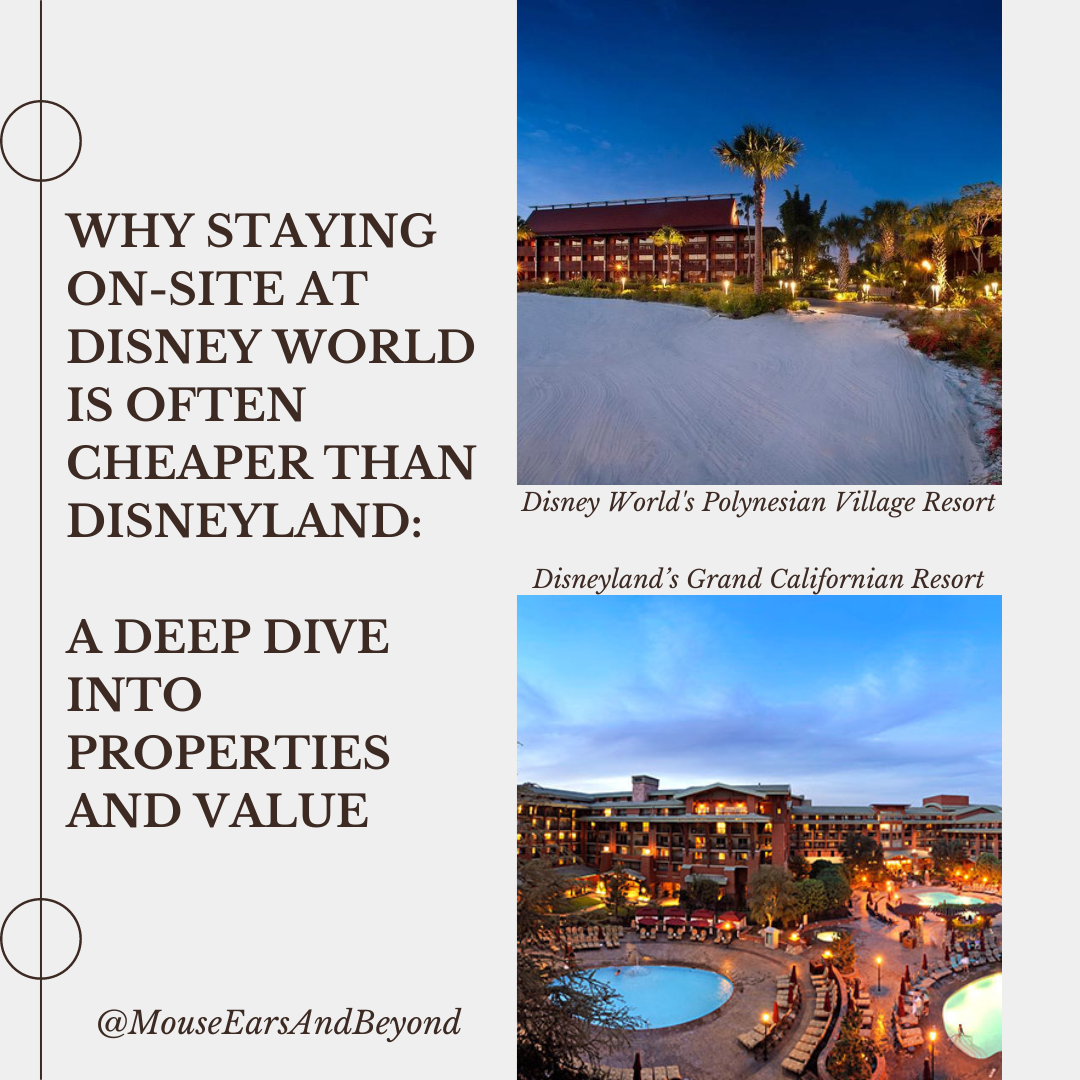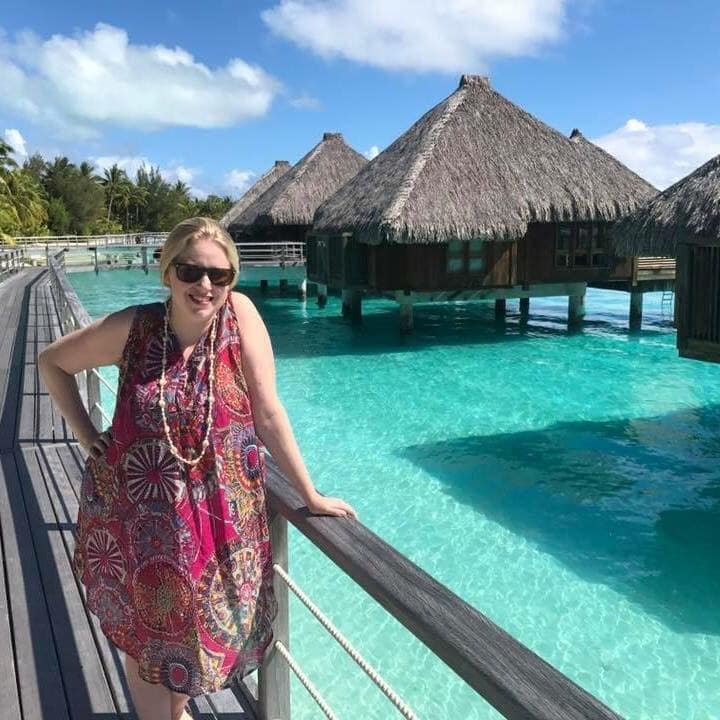It's surprising how close a visit to French Polynesia comes to fulfilling the ideal of paradise. The islands, which include Bora Bora, Tahiti and Moorea, are still largely quiet and move at a slow pace outside Papeete, Tahiti's busy capital city. The lagoons of French Polynesia are still amazing shades of blue or green; the mountains still rise dramatically above the sea.
And though the residents of French Polynesia may spend more time buzzing around in SUVs than paddling outrigger canoes, they still gather for a Hinano (a local beer) and a song, and many wear flowers in their hair.
But as with most things beautiful, French Polynesia isn't easily had as a travel destination. A (decidedly chic) thatch-roofed bungalow there can cost 70,000 CFP a night or more, and there are few bargains to be found in dining, activities or transportation. However, those who can afford a vacation in the islands of French Polynesia aren't likely to be disappointed. And were it not for the travel price tag, you might be tempted to stay forever.
Must See or Do
Sights—Ancient sites near the village of Maeva on Huahine Nui; Taputapuatea Marae on Raiatea, one of ancient Polynesia's most sacred sites; black pearls and scuba diving on Rangiroa; large ceremonial sites and tiki on Nuku Hiva and Hiva Oa; white-sand beaches and French Polynesian culture on Maupiti; Tiki Theatre Village on Moorea; stunning scenery and a fabulous lagoon on Bora Bora; Tahiti's Papeete Municipal Market.
Museums—The Museum of Tahiti and Her Islands in Punaauia on Tahiti; the Paul Gauguin Cultural Center on the south coast of Tahiti; the James Norman Hall Home in the Papeete suburb of Arue; lessons in pearling at the Robert Wan Pearl Museum in Papeete; Atuona's Paul Gauguin and Jacques Brel Cultural Center on Hiva Oa.
Memorable Meals—A meal cooked in an earthen Tahitian oven; raw fish marinated in coconut milk, called poisson cru; slices of tuna or parrot fish that have been macerated in sea water, called fafaru.
Late Night—Cut loose with the locals on a dance floor on Papeete's waterfront; dinner and dance shows at Tiki Theatre Village.
Walks—A tour of the Harrison W. Smith Botanical Gardens on Tahiti; the three-hour walk right around Maupiti; a guided hike through the mountains and valleys of Tahiti and Moorea.
Geography
The entire French Polynesian territory is often referred to as "Tahiti," but it actually consists of dozens of islands and atolls spread across a wide swath of the South Pacific, roughly midway between South America and Australia. Five archipelagos make up the territory, and each has distinctive cultural and geographical features.
The Society group, which includes Tahiti, is the most populous of the island chains, with about two-thirds of French Polynesia's total population. They are "high islands"—volcanic peaks surrounded by a coral reef and a calm lagoon. To the northeast are the Tuamotus, a large group of flat coral atolls often made up of a thin strip of land ringing a very large lagoon. Beyond the Tuamotus are the distant and mountainous Marquesas Islands.
South of the Society group are the Australs and, to the southeast, the Gambiers, both containing a combination of atolls and high islands. Travelers primarily frequent the Society Islands (especially Tahiti, Moorea and Bora Bora) and to a much lesser extent, the Tuamotus and the Marquesas.
History
Anthropologists theorize that seafarers in great canoes landed in the islands at least 1,200 years ago. The ancient Polynesians probably came from other Pacific islands—Fiji, Tonga and the Samoas—to the west of French Polynesia. European explorers passed through the islands as early as the mid-1500s, but it wasn't until the 1700s that extensive contact took place.
The accounts of the 18th-century English explorer Capt. James Cook and others described Tahiti as a place of beauty, abundance and, perhaps most intriguing, few sexual prohibitions. The islands' temptations may have played a role in the famous mutiny aboard the HMS Bounty, when the mutineers cast Capt. Bligh adrift and returned to the pleasures they had enjoyed on Tahiti.
Whether or not they truly were an unspoiled paradise, the islands quickly lost their allure after Europeans introduced new diseases and weapons. By the mid-1800s, the population had plummeted, and the islands were wracked by warfare. In the colonial wrangling of the 19th century, France laid claim to the area, and today it remains semi-autonomous administrative division of that nation.
In the 1960s, France moved its controversial nuclear testing program to the remote Tuamotu islands of French Polynesia. The resumption of testing in the 1990s sparked riots on Tahiti, but with the dismantling of the test sites in 1996, things returned to a relatively tranquil state.
In 2003, French Polynesia became a full overseas collectivity of France, and French Polynesians vote in the French presidential elections. Edouard Fritch was elected as the president of French Polynesia in 2014, and re-elected in 2018.
The income of the average French Polynesian is high by South Pacific standards, but the islands also have a very high cost of living. Tourism is the biggest part of the private economy. Black pearl and copra (coconut) production also serve as important sources of income. Nonetheless, the islands receive a lot of support from taxpayers in France.
Snapshot
The islands' foremost attractions are relaxation, spectacular scenery, scuba diving, surfing, snorkeling, yachting, archaeological sites, mountains, music, dance, fishing and luxurious, uncrowded resorts.
French Polynesia is for travelers interested in the classic South Pacific experience: clear water, gorgeous scenery, quiet surroundings and friendly, interesting people. French is the common language, but visitors confining themselves to the major tourist islands will find English widely spoken.
A more serious obstacle is the cost. French Polynesia is an expensive place to vacation, though some budget options exist.
Potpourri
Black pearls are an important industry in French Polynesia, and, as visitors quickly discover, they are heavily marketed to tourists. On the busy islands, every shop seems to be selling pearls. Many islands offer pearl-farm tours where you can see how they're created and, of course, make a purchase.
Polynesia is the birthplace of surfing, and the wave at Teahupoo, Tahiti, is one of the most famous and scary waves in the surfing world. An international surf contest is held in the village annually.
The private island Motu Tapu is the most-photographed isle in the South Pacific.
About 10% of the French Polynesia population is Chinese. This is a result of the Chinese going to the area in the mid-1800s to work on in fields and plantations.
"PK" (pointe kilometrique) on an address refers to the red-and-white stones placed alongside roads every kilometer to mark the distance around an island.
Prior to World War II, few outsiders had ever heard of Bora Bora. The arrival of thousands of soldiers shortly after the attack on Pearl Harbor changed all that. Although never involved in actual battles, Bora Bora owes much of its infrastructure, including its airport, to U.S. construction crews.
Hinano beer is named after the flower of the pandanus plant, which smells somewhat like beer. The leaves of this same plant are used to weave local hats and baskets.
The overwater bungalow was created in French Polynesia in the 1960s on the island of Moorea.
Tahiti was the setting for the 1961 production of Mutiny on the Bounty with Marlon Brando and Trevor Howard. Moorea appeared in the 1984 retelling of the tale, The Bounty, with Mel Gibson and Anthony Hopkins.


































